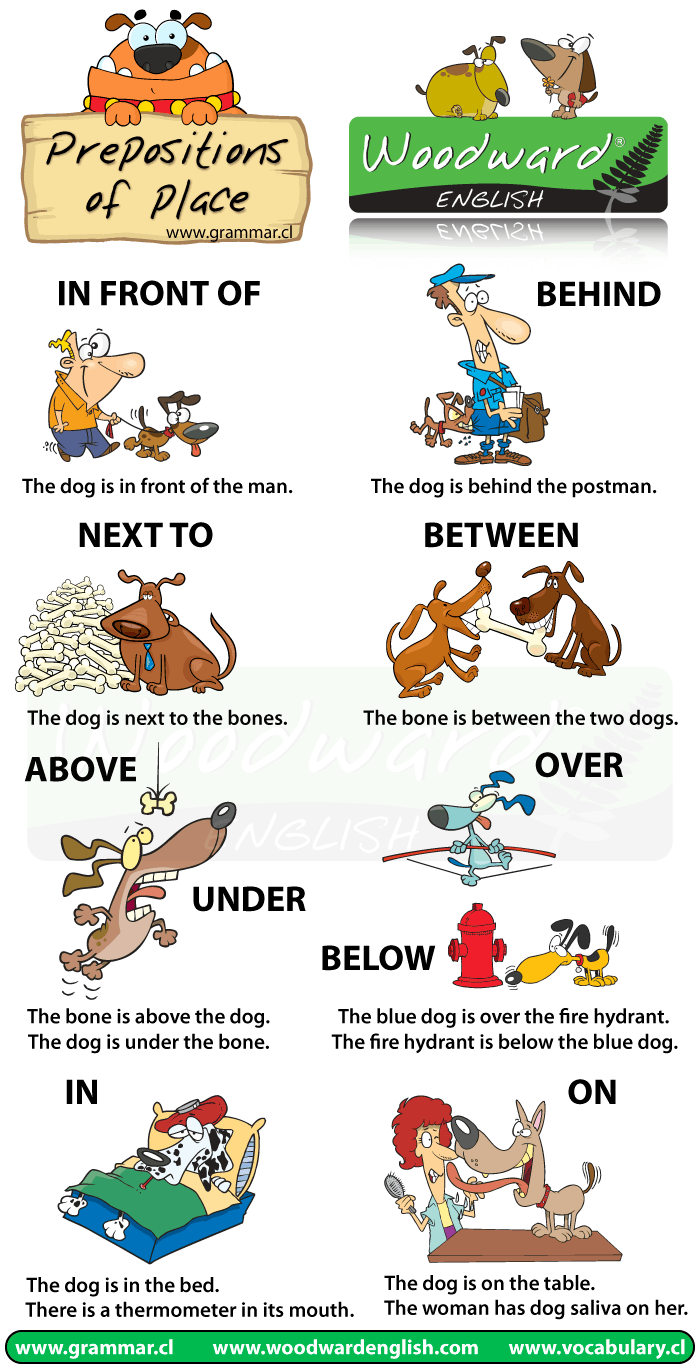Directions: Rewrite the following sentences with the connectors and words we learned in this lesson.
My professor is an extremely fascinating person. She tells some of the most interesting stories I have ever heard.
1.) Additionally,
____________________________________________________
2.) In addition,
____________________________________________________
3.) Too
____________________________________________________
4.) Also
____________________________________________________
5.) Furthermore,
____________________________________________________
6.) Besides that,
____________________________________________________
7.) And
____________________________________________________
8.) Moreover,
____________________________________________________
9.) As well
____________________________________________________
10.) Not only...but also
____________________________________________________
Rewrite the next biography put the connectors of addition for the correct place:
Mohandas Karamchand Gandhi
Mohandas Karamchand Gandhi (/ˈɡɑːndi, ˈɡæn-/;
Hindustani: [ˈmoːɦənd̪aːs ˈkərəmtʃənd̪ ˈɡaːnd̪ʱi] ( listen); 2 October 1869 –
30 January 1948) was the preeminent leader of the Indian independence movement
in British-ruled India. ________________Employing nonviolent civil disobedience, Gandhi led
India to independence and inspired movements for civil rights and freedom
across the world. The honorific Mahatma (Sanskrit: "high-souled",
"venerable")—applied to him first in 1914 in South Africa,—is now
used worldwide. He is also called Bapu (Gujarati: endearment for
"father", "papa") in India. __________________, In common parlance in India he
is often called Gandhiji. He is unofficially called the Father of the Nation.
Born and raised in a Hindu merchant caste
family in coastal Gujarat, western India, and trained in law at the Inner
Temple, London, Gandhi first employed nonviolent civil disobedience as an
expatriate lawyer in South Africa, in the resident Indian community's struggle
for civil rights. After his return to India in 1915, he set about organising
peasants, farmers, _________________ urban labourers to protest against excessive land-tax
and discrimination. Assuming leadership of the Indian National Congress in
1921, Gandhi led nationwide campaigns for easing poverty, expanding women's
rights, building religious and ethnic amity, ending untouchability, but above
all for achieving Swaraj or self-rule, ___________.
Gandhi famously led Indians in challenging the
British-imposed salt tax with the 400 km (250 mi) Dandi Salt March in 1930, _______
later in calling for the British to Quit India in 1942. He was imprisoned for
many years, upon many occasions, in both South Africa and India. Gandhi
attempted to practise nonviolence and truth in all situations, _______ advocated
that others do the same. He lived modestly in a self-sufficient residential
community _______ wore the traditional Indian dhoti and shawl, woven with yarn
hand-spun on a charkha. He ate simple vegetarian food, and also undertook long
fasts as a means of both self-purification and social protest.
______ Gandhi's vision of an independent India based
on religious pluralism, however, was challenged in the early 1940s by a new
Muslim nationalism which was demanding a separate Muslim homeland carved out of
India. Eventually, in August 1947, Britain granted independence, but the
British Indian Empire was partitioned into two dominions, a Hindu-majority
India _______Muslim Pakistan. As many displaced Hindus, Muslims, and Sikhs made
their way to their new lands, religious violence broke out, especially in the
Punjab and Bengal. _______ Eschewing the official celebration of independence in Delhi,
Gandhi visited the affected areas, attempting to provide solace. In the months
following, he undertook several fasts unto death to promote religious harmony.
_______ The last of these, undertaken on 12 January 1948 at age 78, _______ had the
indirect goal of pressuring India to pay out some cash assets owed to Pakistan.
Some Indians thought Gandhi was too accommodating. Nathuram Godse, a Hindu
nationalist, assassinated Gandhi on 30 January 1948 by firing three bullets
into his chest at point-blank range.
_______His birthday, 2 October, is commemorated as
Gandhi Jayanti, a national holiday, and world-wide as the International Day of
Nonviolence.
WRITE THE INFORMATION IN THE BLANKS FOR
COMPLETE THE REPORT
Name:
__________________________________________
Born:
___________________________________________
Place:
___________________________________________
Died: ___________________________________________
Place:
___________________________________________
Cause of death: ____________________________________________
Resting place:
_____________________________________________
Other names: _____________________________________________
Ethnicity: _____________________________________________
Education:
_____________________________________________
Alma mater: _____________________________________________
Known for: _____________________________________________
Movement: _____________________________________________
Religion: _____________________________________________
Married with: _____________________________________________
Children: _____________________________________________
Parents: _____________________________________________
Rules to Remember!
| 1 | These words are not interchangeable. In other words, you cannot remove one of these words and add any other. |
| 2 |
In general, do not use two of these words or phrases in the same sentence. The following sentence is incorrect:
| My professor is an extremely fascinating person. Furthermore, she tells some of the most interesting stories I have ever heard as well. |
|
|
| 3 |
In general, when you use these words and connectors, make sure the two sentences/ideas are related. The second sentence/idea should add information that is specifically related to the first idea. Take a look at the following example:
| The library on 5th Avenue in New York City is one of the best places to do research. Furthermore, lots of people like to go to libraries to read. |
|
This first sentence discusses the importance and usefulness of the library on 5th Avenue in New York City. The second sentence tells you that people like to go to libraries. Although these sentences both talk about libraries, the second sentence (which has furthermore) does not add information related to the library on 5th Avenue in New York City. Therefore, the second sentence inappropriately uses furthermore.
|
| 4 |
Don't overuse connectors! It is unnecessary to use them everywhere in your writing. Use connectors when you want to do the following:
|
| 5 | We highly recommend you look at our lessons on semicolons and commas. |

